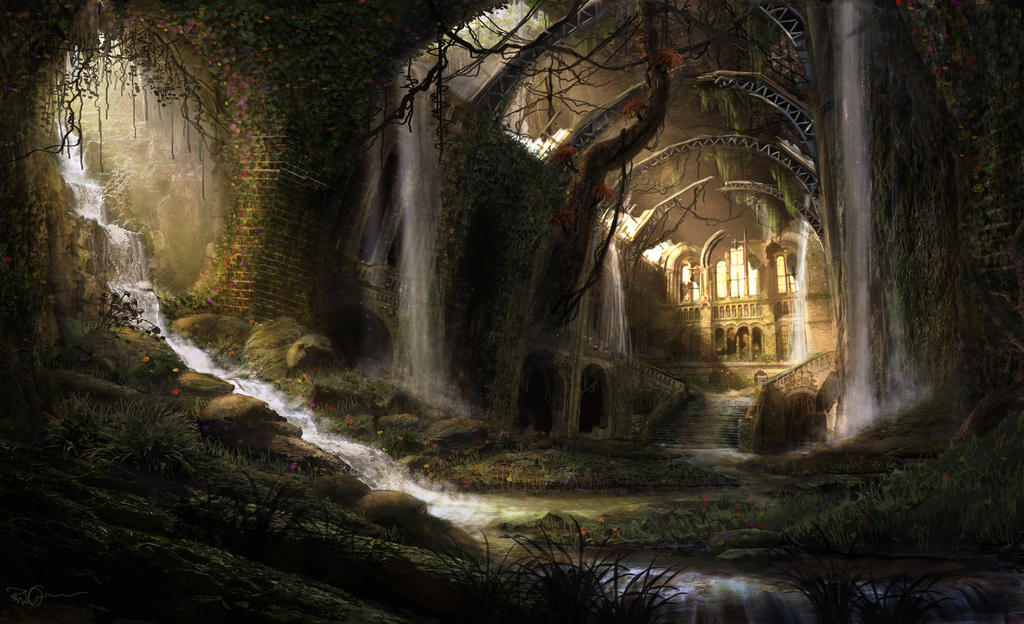The fog appears early in the morning, a sea mist rolling over the water somewhere beyond, creeping over land, covering it. By the time people are rolling out of bed, yawning, putting on the coffeepot, the world has already been transformed. Predawn blue glows faintly, as it always has, bathing everything in seemingly sourceless light. But today, it somehow has more… body. It is as if each individual particle of water, suspended there, had not merely obscured the light, or refracted it, or anything half so logical, but instead imbibed it.
Somewhere behind layers and layers of cloud the sun has begun its slow ascent. Conversely, the fog only seems to thicken, dampening down into a matte grey veil that swathes the landscape in monochromatic gradients. In other places, such fog would have burned away in a matter of hours. But here, warm currents and cool air have set up shop, where it will proceed to churn out fog for the rest of the day. When the wind lifts, one need merely wait. One feels rather than sees the fog rolling in, a subtle stirring of the air, a quiet approach of a low cloudbank that rides almost insubstantially upland.
It is wet, and it is cold. The damp clings everywhere. Glass panes and signposts and leaves are encrusted with beads of condensation. Mosses and lichens drink in moisture, bright splashes of green and yellow against the black slick of stone paving. Others are less pleased. A single figure has made his way down towards the wharf, grasping the railing for a moment, then releasing it rather quickly. Already his oddslot coat is becoming covered in a fine breath of pearly mist. He shoves his hands into his pockets– clammy hands are no good, and at least his pockets are still dry. (There’s another mile yet along the seafront and back up the road, to breakfast and the morning paper, perhaps.)
Back down towards the water, rows of boats bob quietly in little choppy waves. Even here, sound seems dampened. Insulated. A forest of white masts recedes into the fog. There are tens, surely, perhaps even hundreds. Fog conceals, but it carries with it a sort of potential. While it lasts, anything might be possible, might be true. While the fog lasts, there could be thousands of boats, even, stretching out into the boundless sea.





